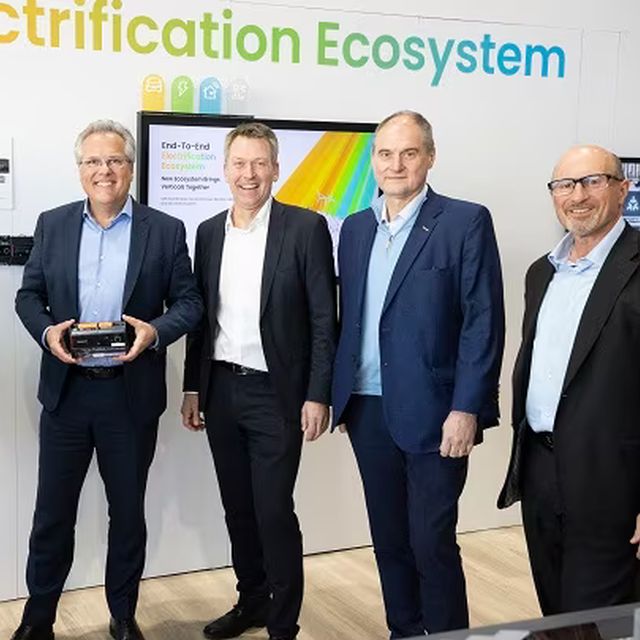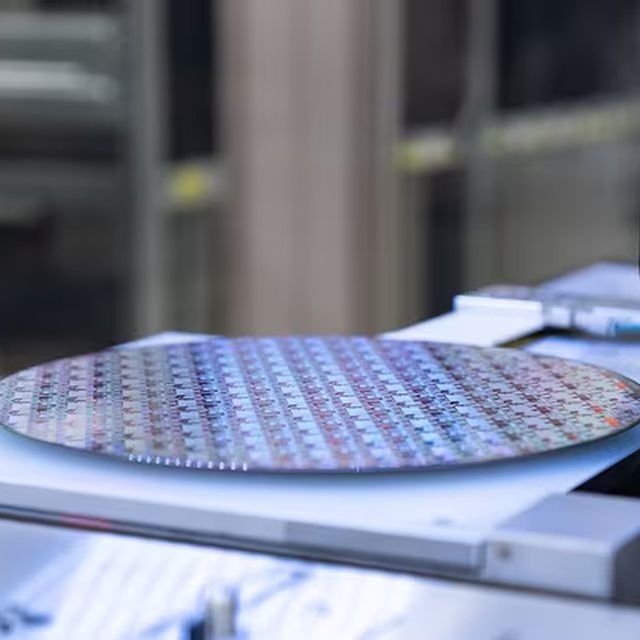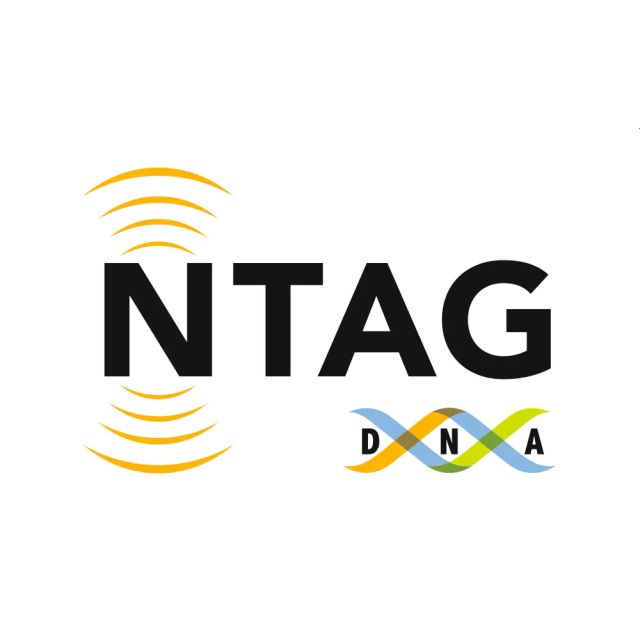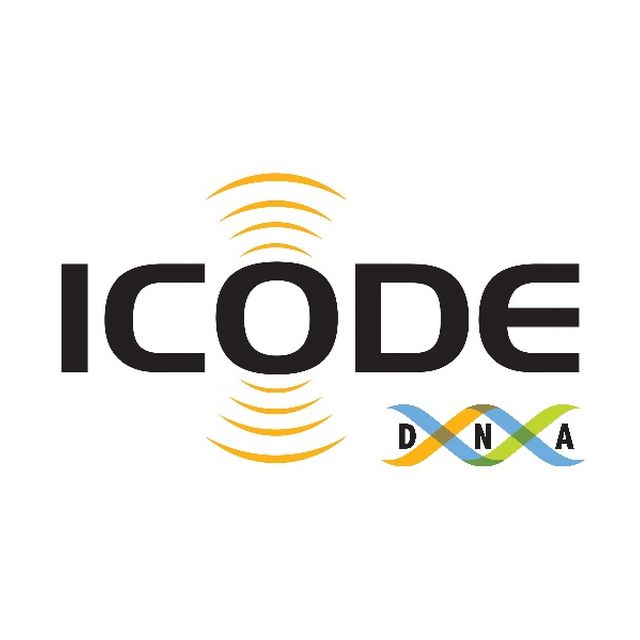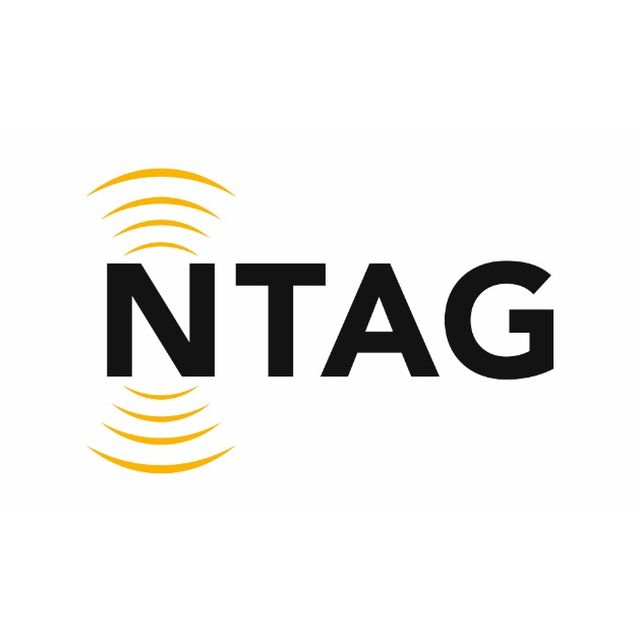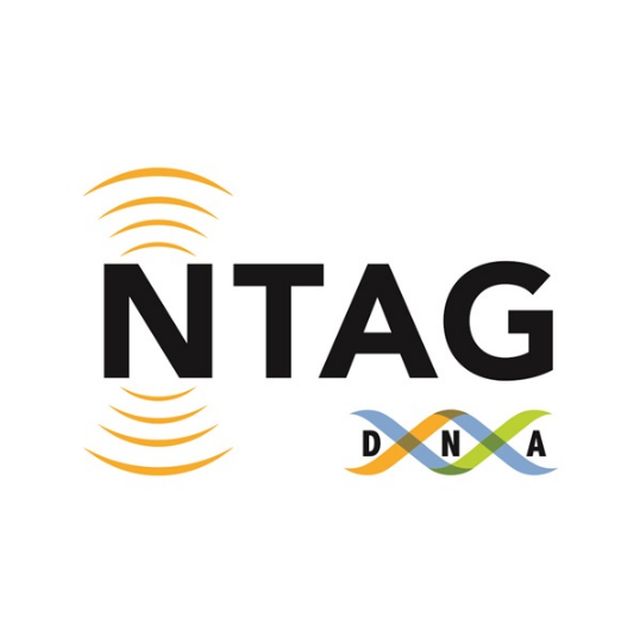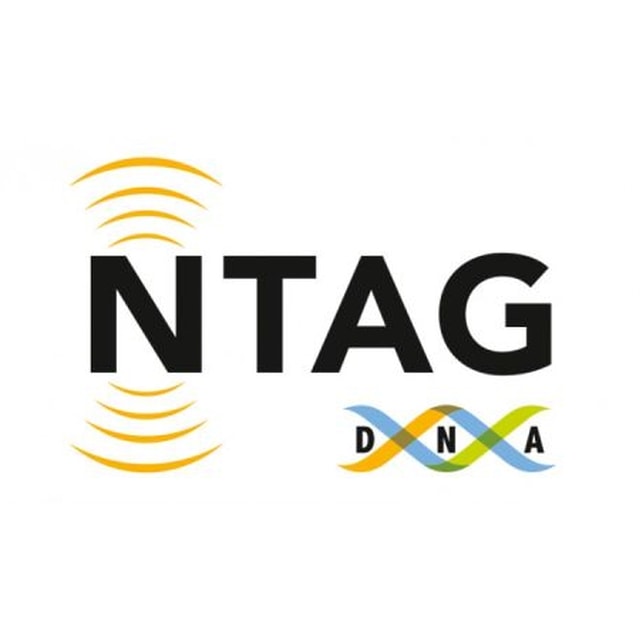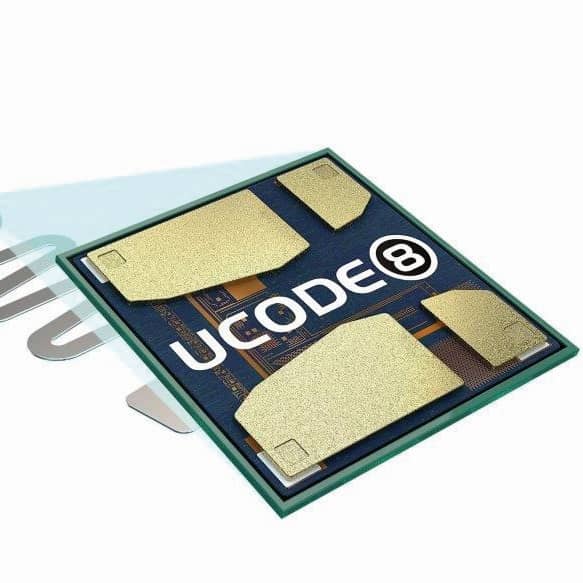Flex Your Factory: 5G and Wireless Technologies Bring Greater Flexibility and Mobility to Smart Factories
Today’s consumers are among the drivers of this manufacturing transition: They want more options in their products, requiring factories to step away from a “one-size-fits-all” manufacturing model and adopt more flexible yet complex factories.
Adding 5G as a private network to factories enables this required flexibility, allowing better coordination and improved factory floor visibility. Private networks also support predictive maintenance in factory operations and help manufacturers to build “digital twins.”
Blog post by Wim Rouwet, Distinguished Member of Technical Staff at NXP Semiconductors.
The Steady Rise of Private Networks
Private cellular networks are a proven approach, used for many years across many industries. Railways, for example, have operated on private networks for a very long time, and portions of the 2G mobile spectrum were made available for local, private use decades ago. What’s new with 5G connectivity is the extent to which 3GPP, the organization that defines cellular standards, explicitly defined use cases in private networks that support vertical business requirements.
The emphasis on private networks is partly a response to the industrial sector, where there’s a push to replace or augment private wired Ethernet networks with wireless connectivity, and also as a way to bring new capabilities to a wide range of business processes.
Why? Global talent shortages, new use cases, geopolitical changes, the need for greater energy efficiency in factories and rapidly changing product trends are driving the demand for private networks.
Let’s start with product trends. If you are building a single product that seldom changes over time, a fully wired factory works fine. This tried-and-true approach uses Ethernet, time-sensitive networking (TSN) and other wireline technologies to communicate.
However, this single product production line model is quickly evolving toward a more flexible factory environment across industries. Today’s factories need more efficient, versatile connectivity solutions.
Flexibility Is the Mantra of Future Factories
Moving cables around a factory floor every time production must be reconfigured is not an efficient approach. While there will be a need for cables in factories, think of a 5G private network as a complementary overlay to wireless infrastructure, providing added flexibility.
Wireless technologies become particularly important to connect autonomous robots moving around a warehouse or a factory floor. It’s equally important for larger systems you have to pick up and move. Mobility is key to these robotic systems, and they aren’t super flexible, but it makes a big difference if there’s no need to lay a new cable, or pull a cable over the roof and drop it into place every time a robot’s position changes. Wireless networks provide an easier, more flexible solution.
Think of 5G and wireless connectivity as critical technologies to support mobility in factory operations. For example, consider modern automotive manufacturing lines: with wireless connectivity, the processes move to the car, rather than the car moving down an assembly line to various processes.
In this larger-scale example of airplane manufacturing, the fuselage of a passenger plane remains stationary, while the wing assemblies, wiring harnesses and paint equipment move to each area of the aircraft.
Flexible, Hybrid Factory Environments
As more factories become flexible environments, a fully wired plant can become a hindrance. But this does not mean using the cloud to manage every piece of equipment and subsystem.
At the highest level in an advanced factory, wireless connectivity and a private 5G wireless network are in place to monitor factory floor processes while time-critical systems are still wired.
At a hybrid level, wireline TSN connectivity is used within robots and to connect them with wireless networks communicating across factory subsystems. This is less intrusive on the robot and it makes communication critical.
With today’s MCU- and processor-laden robotic applications, embedded software could be more easily managed and updated using cloud managed software. The real-time software in the embedded devices could be updated and monitored with all the benefits that have been proven in data centers. Augmenting factories with cloud-managed services through a private network can bring better coordination, better visibility, software agility and easier life-cycle management.
Quality of Service: The No. 1 Metric
As soon as you step away from the wired factory model, the Quality of Service (QoS) provided by the wireless link becomes critical for factory operation because a broken link can result in factory downtime. Within QoS metrics, link availability – measured across the entire factory floor – is the most important factor, followed by constrained latency and throughput. A weak or non-existent link in a factory environment is not acceptable. Availability must be guaranteed across the floor – you don’t want your order picking robot to lose its communication link halfway down the factory, after all.
An order picker must have full connectivity to the wireless device being carried or the device may come to a standstill. Factory floors, plagued with electrical and electromagnetic interference and RF signal blockers, are notoriously unfriendly to wireless connections. Consider steel girders, engines and all the other metal objects that are unfriendly to RF signals.
Both the Wi-Fi and the 3GPP communities are now acknowledging these challenges and are addressing the specific standards needed to enable truly smart factories. By broadening the appeal of private cellular networks, 3GPP has designed 5G to be a standard that will improve operations, drive digitalization and generate growth for years to come.
Security in Private Networks
Security is as critical to factory uptime as QoS. If it’s connected, it’s a target. Both wired and wireless networks in factory environments are prime attack surfaces for hackers and cybercriminals seeking to disrupt operations, install ransomware or gain unauthorized access to valuable data. Factory data, including meta data, which has tremendous value, must never leave the premises.
Traditional security techniques are also important. Identity/authentication of connected factory devices is key, as well as encryption of the wireless link to ensure that data cannot be falsified by malicious actors. Coming back to Wi-Fi and 3GPP comparisons, factory security boils down to the optimal approach used for device provisioning. Are devices provisioned by a SIM card, password, QR codes or another technique? Is the provisioning unique to each plant site, equipment vendor or network type? Lifecycle management is a critical aspect of safe, secure factories that is being addressed across the industry.
Conclusion
There is a strong, continuous value chain between the silicon vendor and the private wireless network solutions being deployed in the factory environment. As a global semiconductor company, NXP provides comprehensive silicon and software solutions for wireless connectivity across many standards, from IoT protocols such as Bluetooth and NFC to Wi-Fi and 5G infrastructure and client-side solutions. NXP works with an array of industrial communication and equipment vendors to ensure each end-product adheres to industry requirements for QoS, security and other critical aspects of factory automation.








